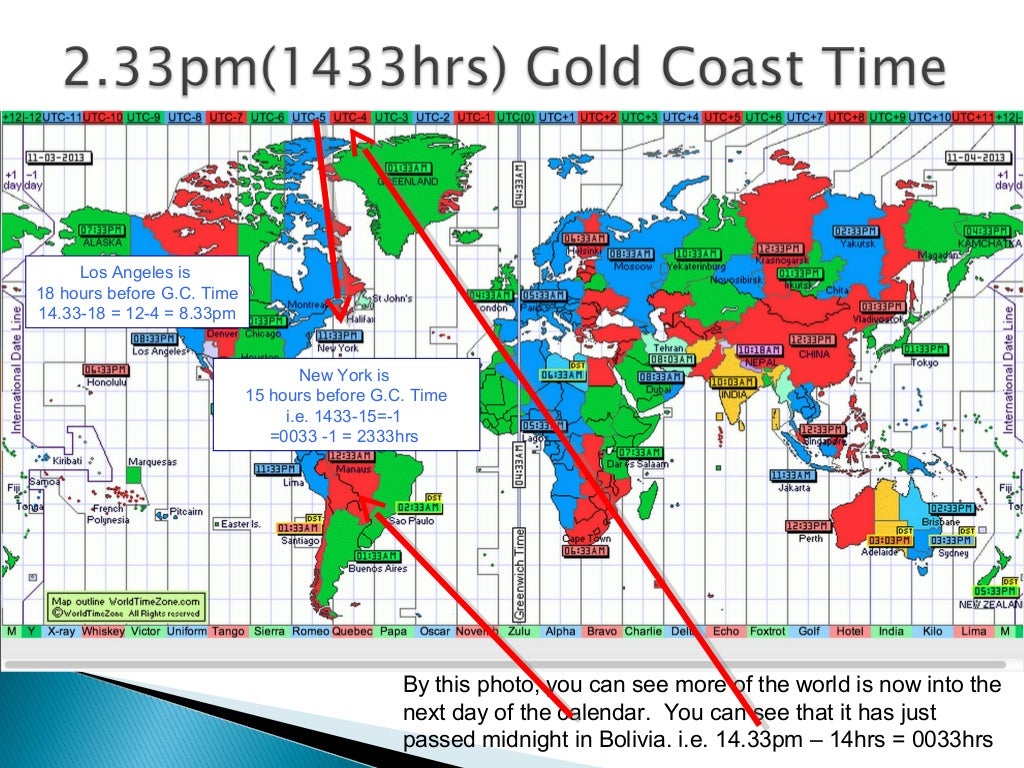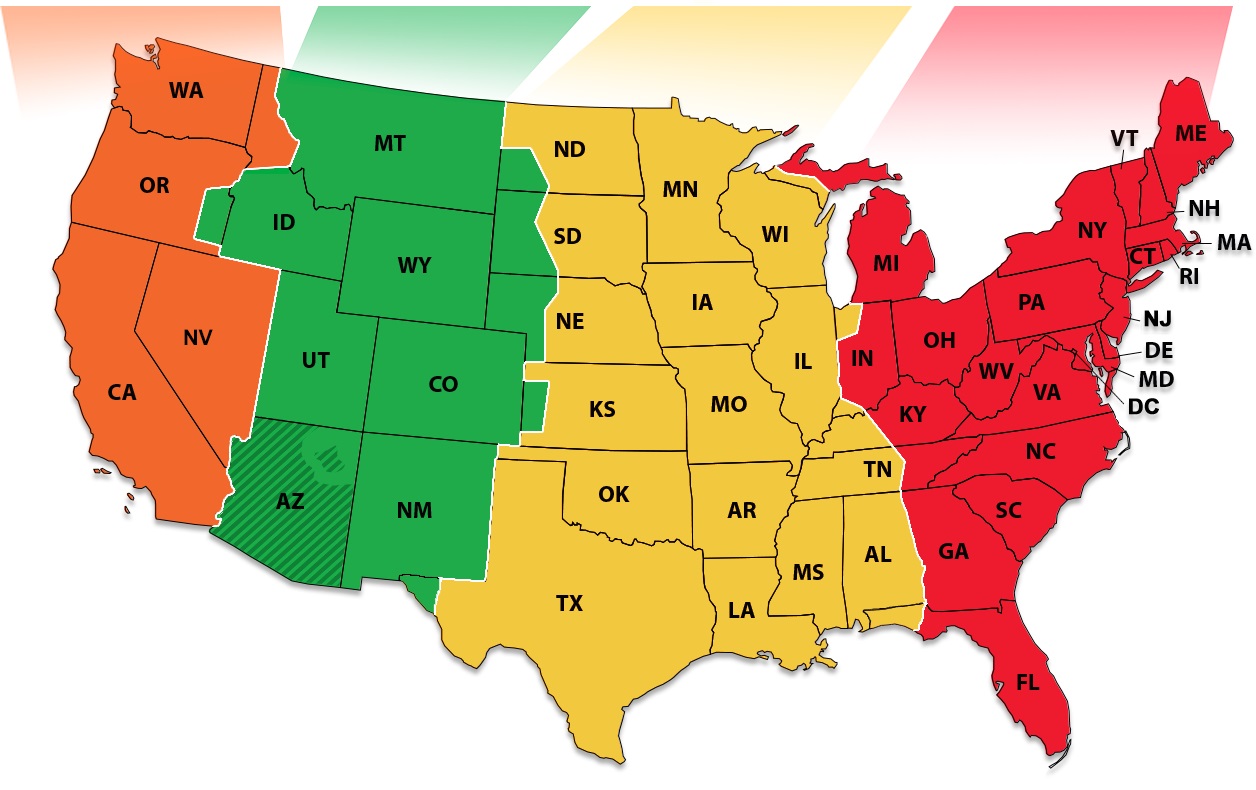
For example, the town of Crater Lake, Oregon, in the United States is on Pacific Time, but it observes Mountain Time during the summer months. A few places in the world have a unique local time that differs from the time in the surrounding time zone.For example, the time zone in China is based on the longitude of the Beijing Observatory, while the time zone in Nepal is based on the longitude of the Kathmandu Valley. Some time zones are not based on the longitude of the Royal Observatory in Greenwich, England.However, some countries (such as most of Arizona in the United States) do not observe DST, and some countries (such as India) have more than one time zone but do not observe DST. DST is used to extend the amount of daylight in the evenings during the warmer months of the year and is observed in many countries in the Northern Hemisphere. Not all countries observe Daylight Saving Time (DST).Time zones were established to ensure that all parts of the world have a consistent and convenient local time. Because the Earth rotates approximately once every 24 hours, different parts of the world face the sun at different times. Time zones are based on the rotation of the Earth on its axis.For example, the Eastern Time Zone (UTC-05:00) is five hours behind UTC, while the Central Time Zone (UTC-06:00) is six hours behind UTC. The time in each time zone is offset from UTC by a whole number of hours.There are 24 time zones in the world, and they are centered around the longitude of the Royal Observatory in Greenwich, England, which is the basis for Coordinated Universal Time (UTC).Here are a few interesting facts about time zones: DST is used to extend the amount of daylight in the evenings during the warmer months of the year. In many countries, Daylight Saving Time ( DST) is observed, during which the clock is turned ahead by one hour in the spring and turned back by one hour in the fall. They also help to coordinate activities and communication between different parts of the world. Time zones are used to ensure that all parts of the world have a consistent and convenient local time. There are 24 time zones in the world, and they are centered around the longitude of the Royal Observatory in Greenwich, England, which is the basis for Coordinated Universal Time (UTC).Įach time zone is approximately 15 degrees wide, and the time in each zone is offset from UTC by a whole number of hours. Time zones are regions of the Earth that have the same standard time. Time and Time Zone Lookup Time and Time Zone LookupĮnter a place to look up the current time & and time zone: Look Up Time There are 24 time zones in the world, and they are centered around the longitude of the Royal Observatory in Greenwich, England, which is the basis for Coordinated Universal Time (UTC). Time zones are based on the location’s longitude, with each time zone being approximately 15 degrees wide. In general, the current local time is determined by the time zone in which a location is situated.

It is also used to set the time on clocks and other timekeeping devices, such as phones and computers.

The current local time is important because it determines when people in a particular location need to wake up, go to work, eat meals, and perform other daily activities. as well as in Canada.īeginning and end dates of the daylight saving time in the United States and in Canada.The current local time is the current time in a particular location, taking into account the time zone in which the location is situated.įor example, if you are in New York City, which is in the Eastern Time Zone (UTC-05:00), and it is currently 12:00 noon Coordinated Universal Time (UTC), the current local time in New York City would be 7:00 a.m. Specifically, it is Eastern Standard Time (EST) when standard time is observed (winter), and Eastern Daylight Time (EDT) when daylight saving time is observed (spring, summer and autumn).Įffective since 2007, the local time changes from EST to EDT at 02:00 LST to 03:00 LDT on the second Sunday in March, and returns at 02:00 LDT to 01:00 LST on the first Sunday in November, in the U.S.A. In the United States and Canada, this time zone is generally called Eastern Time (ET). The time in this zone is based on the mean solar time of the 75th meridian west of the Greenwich Observatory.

Its time offset is −5 hours (UTC/GMT -5) during standard time and −4 hours (UTC/GMT -4) during daylight saving time. The Eastern Time Zone is also known as Eastern Standard Time (EST) falls mostly along the east coast of North America.


 0 kommentar(er)
0 kommentar(er)
